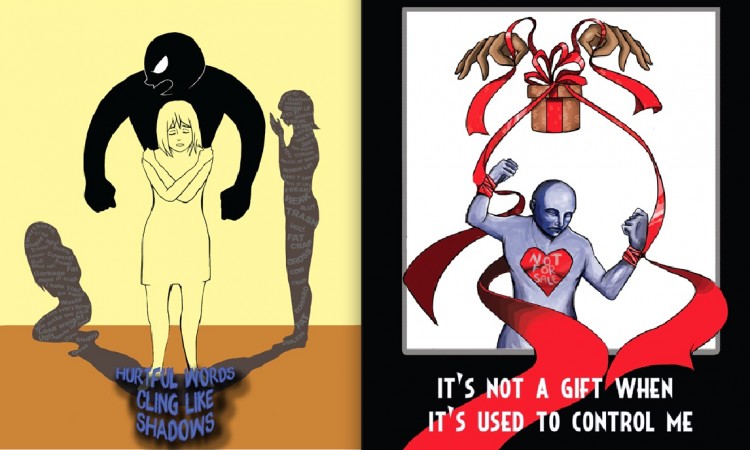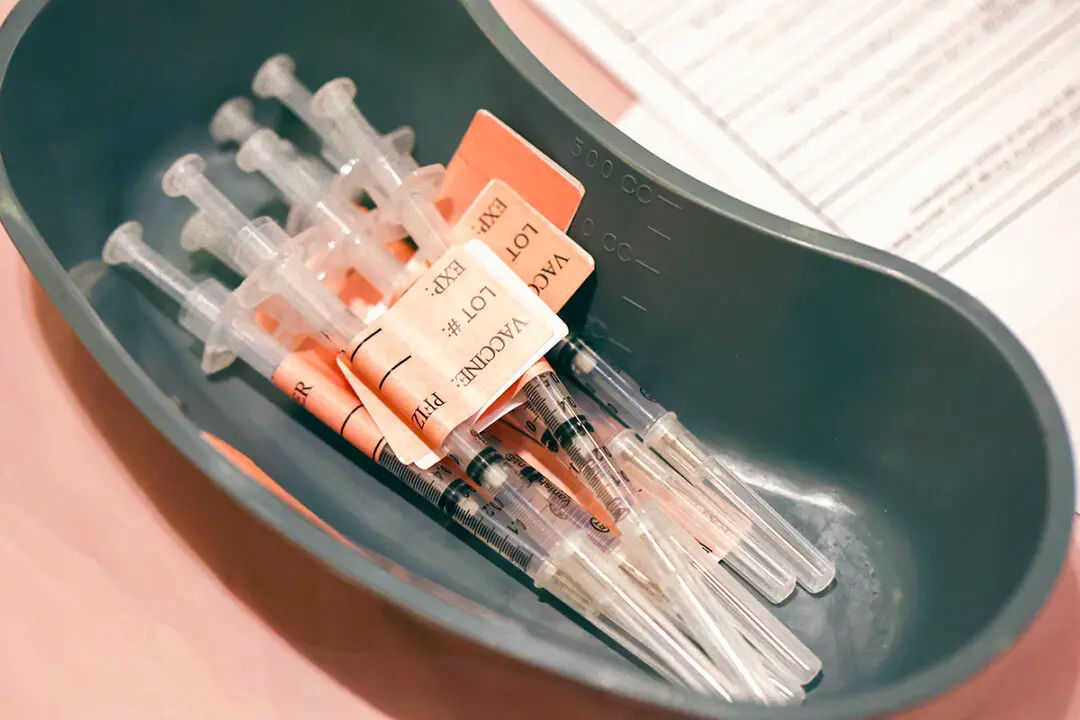Mural Project Takes on Unhealthy Relationships, Guns
The Groundswell Community Mural Project partnered youth with artists and community organizations this summer to create artworks that impart messages about important issues like stopping gun violence or ways to get help from physical abuse.

Zachary Stieber
Senior Reporter
|Updated:
Zachary Stieber is a senior reporter for The Epoch Times based in Maryland. He covers U.S. and world news. Contact Zachary at [email protected]
Author’s Selected Articles





